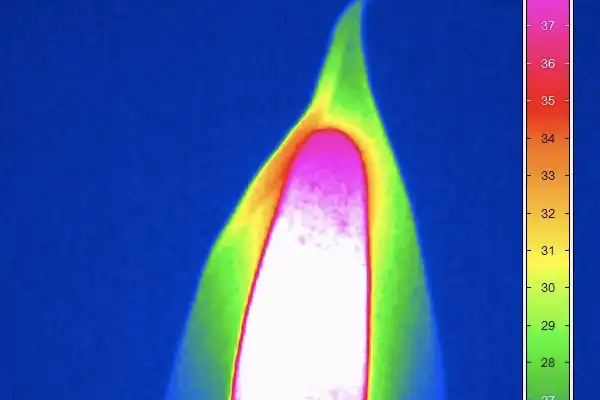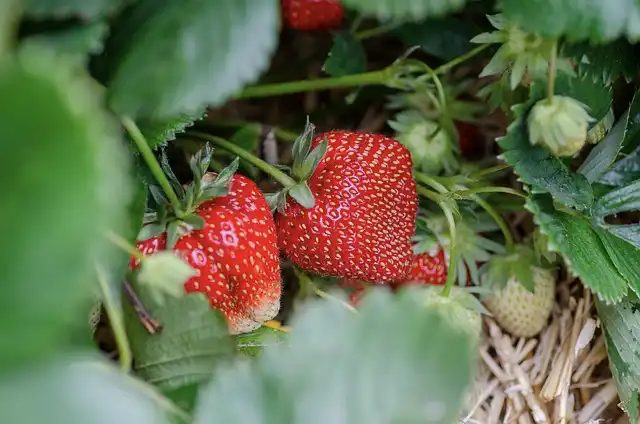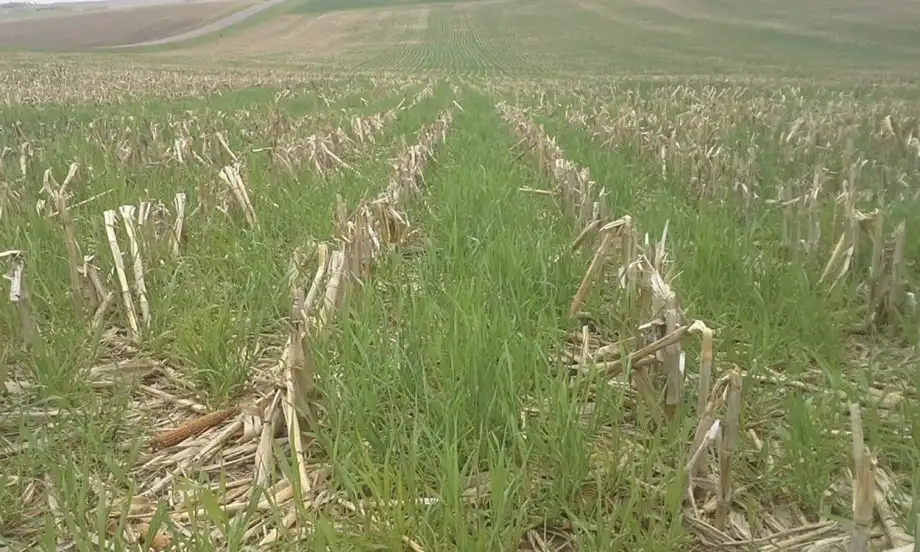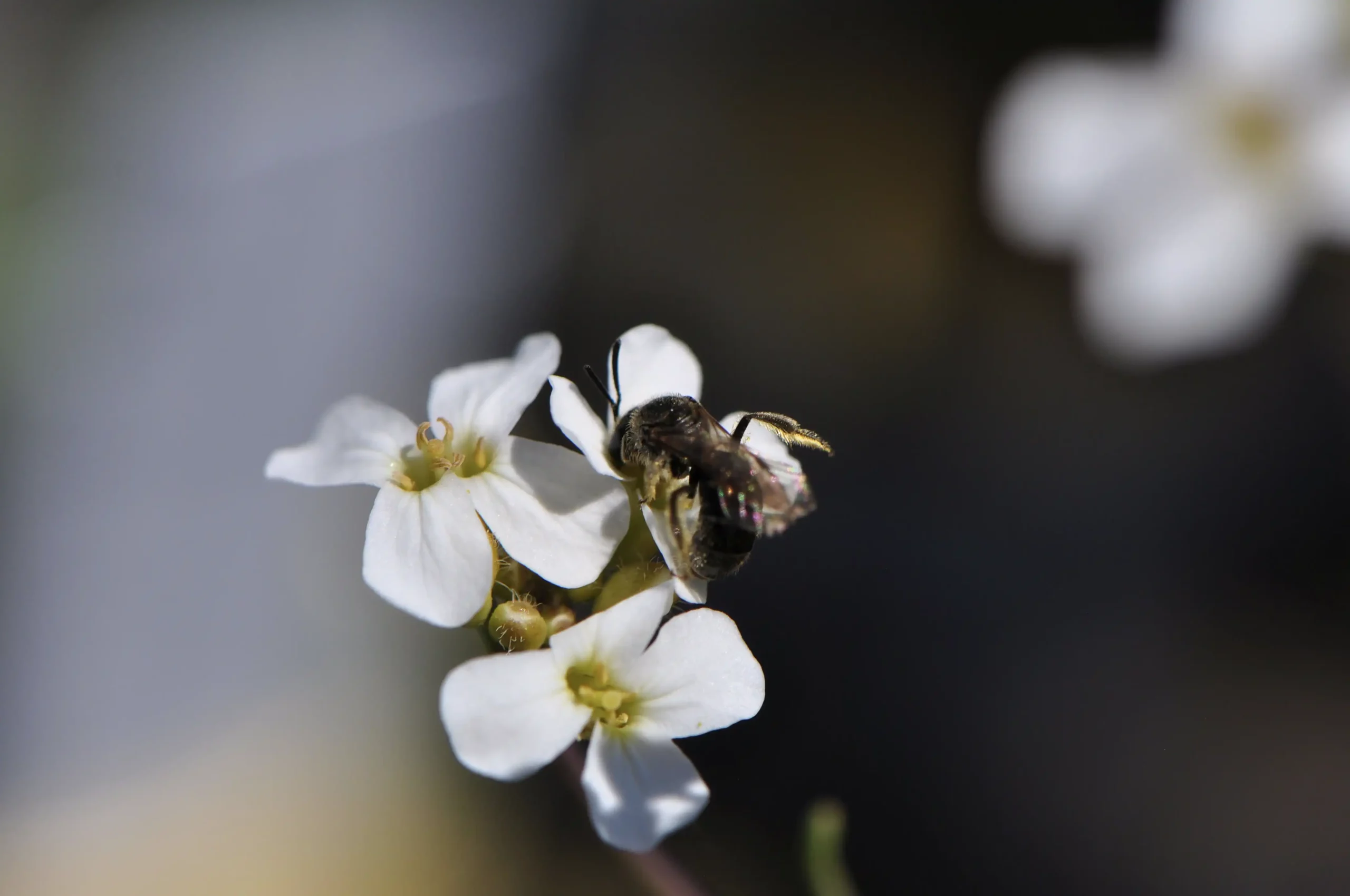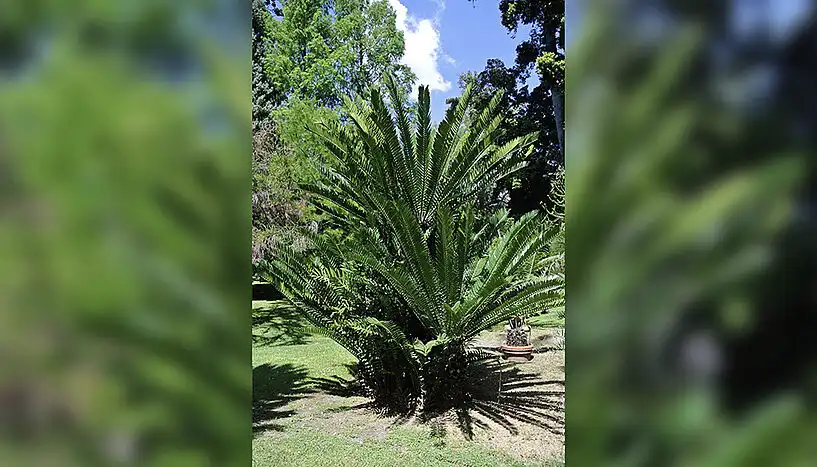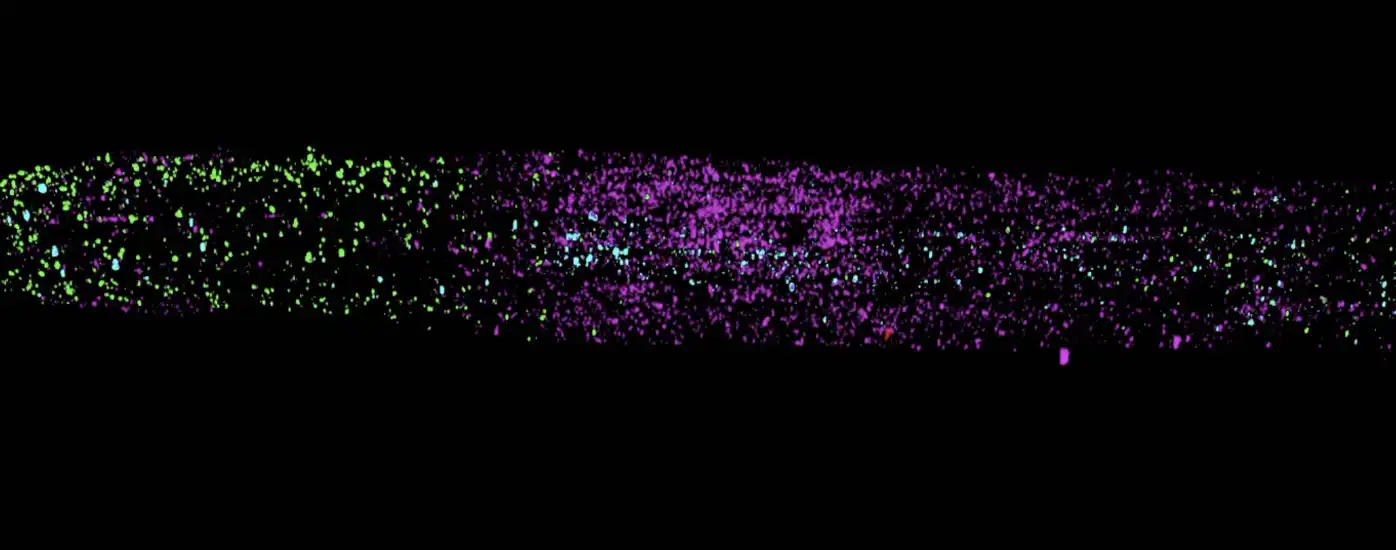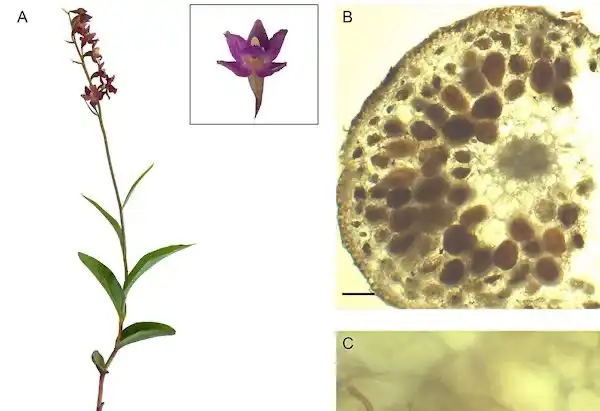
Most plants worldwide live in symbiosis with fungi. Often there is an exchange of nutrients from which both partners benefit. In numerous other cases, however, the plants feed unilaterally at the expense of the fungi. International research groups have presented…
Read More


